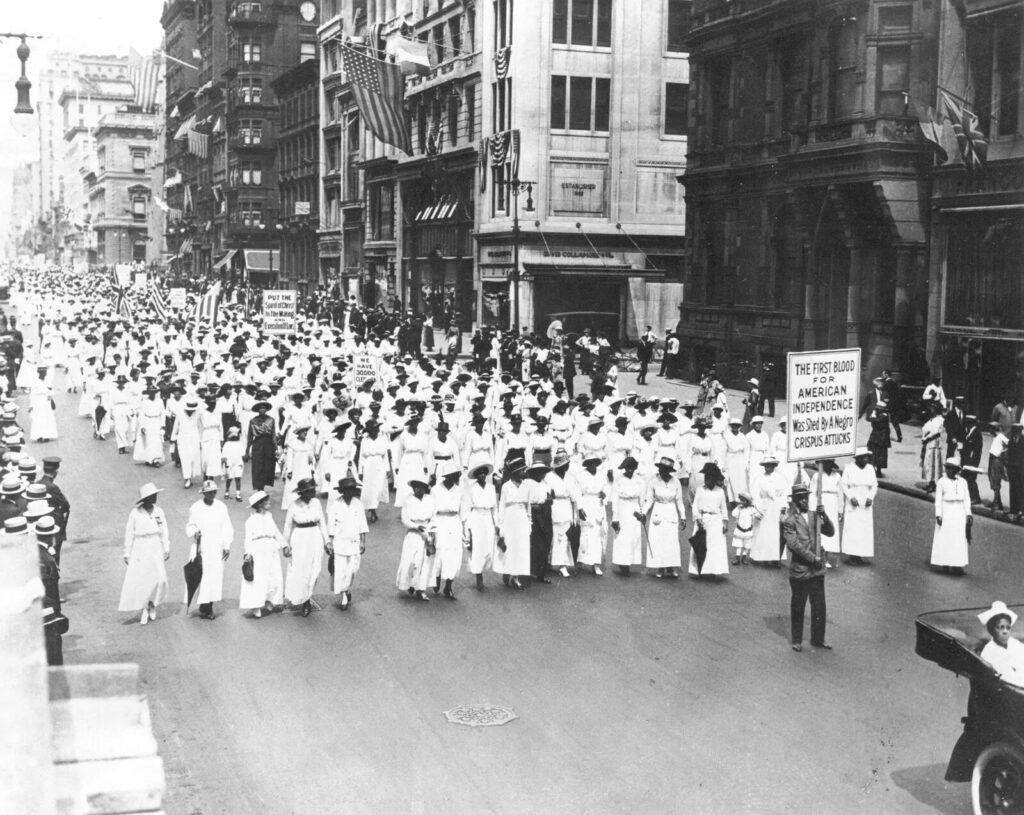
The East St. Louis Massacre – July 1, 1917
George Robles
During World War I, East St. Louis, Illinois became a destination for thousands of African Americans fleeing the South as part of the Great Migration. Drawn by factory jobs, more than 10,000 Black workers arrived between 1916 and 1917. But their presence—and their growing role in the industrial workforce—was met with racist hostility by local white residents.
On July 1, 1917, a rumor spread that a Black man had killed a white man. The next day, East St. Louis descended into a week of racial violence. White mobs carried out arson, beatings, and drive-by shootings, targeting Black homes and neighborhoods with the passive support of local authorities.
“This is a massacre that will go down in history as one of the bloodiest outrages against mankind.” — Marcus Garvey
By the end, hundreds of Black residents were killed, thousands were driven from their homes, and over $400,000 in property was destroyed.
The massacre shocked the nation—especially as Black soldiers were being deployed abroad “to make the world safe for democracy.” Civil rights leaders, including Marcus Garvey, condemned the atrocity and called out the hypocrisy of a nation preaching freedom abroad while permitting terror at home.
In the end, there would be no material change from the federal or state government. The federal government refused to prosecute anyone or investigate the complicity of police and city officials. In contrast, many Black residents were charged with crimes—for defending themselves during the mob’s attacks. Congress ignored repeated calls for anti-lynching legislation. Federal anti-lynching laws would not be enacted until 2022… no, that is not a typo.
